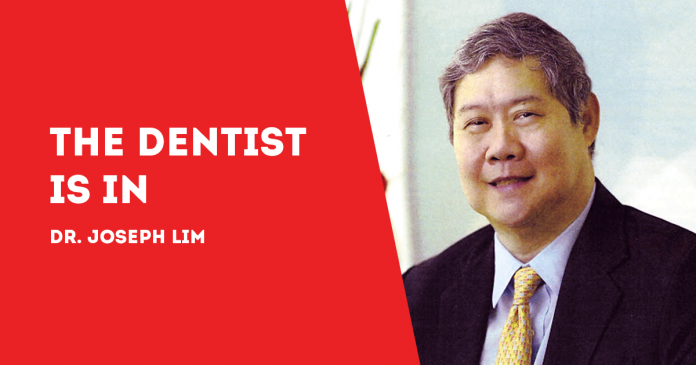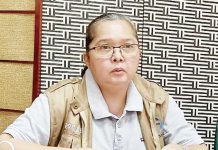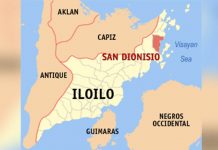
(By Dr. Joseph D. Lim and Dr. Kenneth Lester Lim, BS-MMG, DDM, MSc-OI)
THE DELTA variant puts the country at risk of another lockdown.
On July 23 the Department of Health said there are now over 40 confirmed cases of the fast-spreading Delta variant in the country.
The first Delta cases were detected last May in two workers from the United Arab Emirates and Oman.
Here in the Western Visayas, two Delta variant cases were confirmed in a couple in Pandan, Antique.
The Delta variant, first detected in India last December, is a mutation of the COVID-19 virus. The variant spreads faster and causes more complicated, potentially more deadly, symptoms.
The Delta variants come as transmission rates have decreased after spiking in March and April.
As of July 20, Iloilo province and Bacolod City in Negros have closed their borders to non-essential travel as a measure to prevent to spread of the Delta variant.
Provincial governments in Panay Island have also put in place restrictions on non-essential movements short of a total lockdown.
Authorities, however, have assured the public that if ever a total lockdown is declared, it won’t be the same as the first nationwide lockdown in March last year. This time, transportation and public markets, grocery stores and restaurants will be open, albeit with a limited number allowed to enter; there will be no dine-ins.
Still, the dental community is worried on the potential impact of a lockdown on the public’s oral health – if and when a stricter lockdown is so declared.
Lockdowns limit movement and if it’s not an emergency, people will postpone their visit to the dentist. Necessary annual dental check-ups will no longer be a priority in lockdown settings. Indeed, people are expected to seek the attention of the dentist only when the pain becomes unbearable.
Lockdowns also affect livelihoods and incomes. Many people on a budget naturally would tend to put dental checkups lower on their list of health priorities.
Lockdown or no lockdown, dental clinics by necessity have instituted strict health protocols, such as limiting the number of patients. Many are put on the waiting list.
All these contribute to unequal access to oral health care.
The same is true in other countries.
“The reach of COVID extended to our teeth –in many unexpected ways,” says Professor Heiko Spallek who serves as Head of School and Dean at the University of Sydney School of Dentistry.
In 2018, the Australian Institute of Health Welfare found that many were put on multi-year long waiting lists. That is, until minor dental problems become major, says Professor Spallek.
He says that in 2019, the Australian Institute of Health Welfare found that even among patients with private health insurance, 19 percent reported that paying for dental care was a financial burden.
It may be that as the pandemic restricts job security, dental care will even be more of a burden, here and in Australia.
In 2018, Dr. Spallek contributed to a report which estimated that universal dental care in Australia would cost an additional $5.6 billion a year when it is fully established (that’s in Australian dollars).
The most recent data demonstrate that stark inequalities remain in oral health outcomes across Australia, Dr. Spallek says.
Numbers from the Australian Bureau of Statistics (2020) show that in 2019-20, 24 percent of those living in the poorest areas were more likely to report that they needed to see a dental practitioner but did not.
“COVID has shone a light on the inequality that exists within dentistry and now is the time to look at how we can do better,” says Professor Spallek.
***
Dr. Joseph D. Lim is the former Associate Dean of the UE College of Dentistry, former Dean of the College of Dentistry, National University, past president and honorary fellow of the Asian Oral Implant Academy, and honorary fellow of the Japan College of Oral Implantologists and Honorary Life Member of Thai Association of Dental Implantology. For questions on dental health, e-mail jdlim2008@gmail.com or text 0917-8591515./PN





